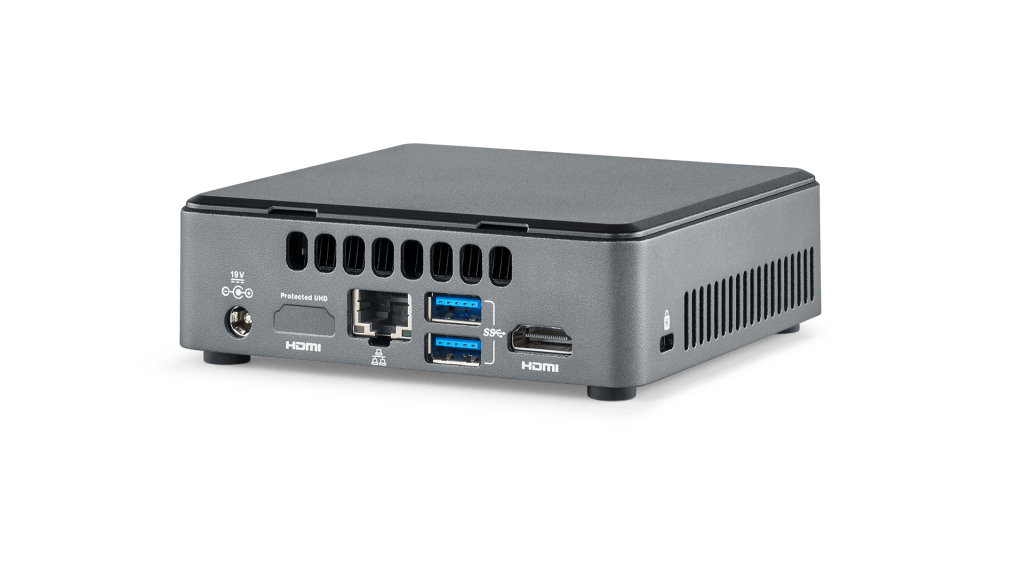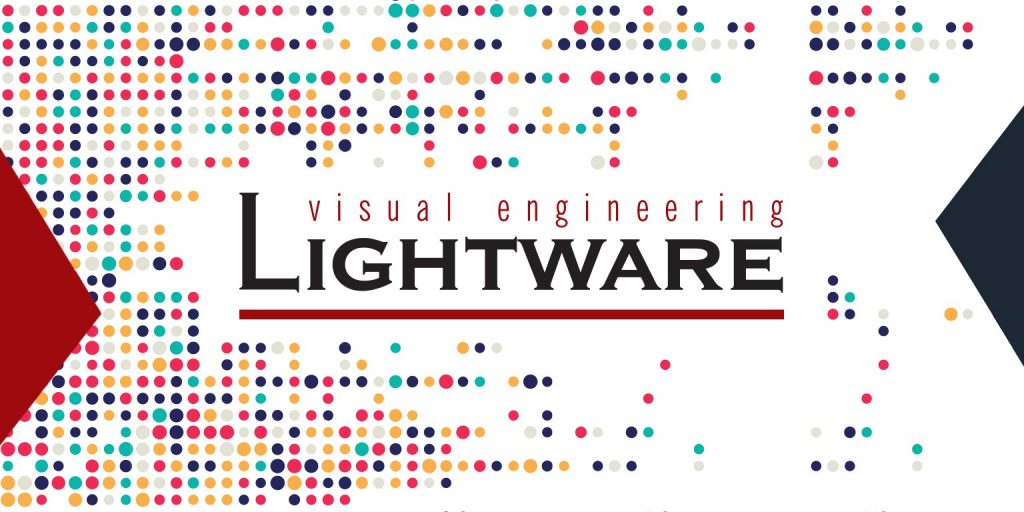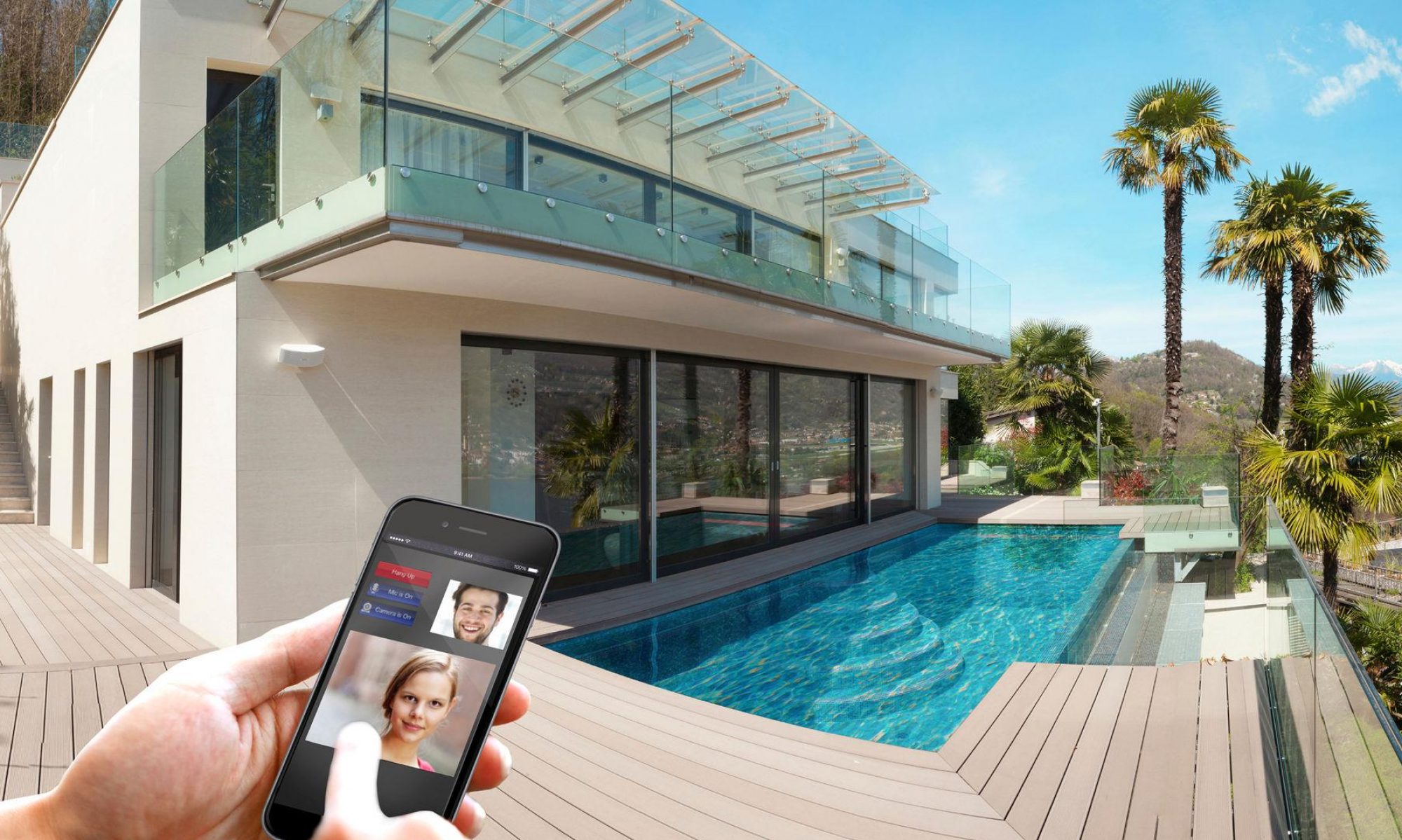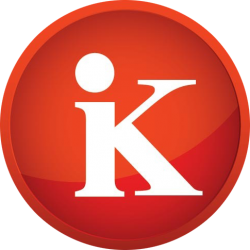
4K UHD
Most Lightware products support 4096×2160@4K 30Hz 4:4:4 / 3840×2160@30Hz UHD resolutions since 2013. We produce 4K boards for modular matrices, 4K extenders and distribution amplifiers with point-to-point 4K transmission connecting to MX series matrices as far end points. New Lightware products released in 2016 are already compatible with the 4K 60Hz 4:4:4 format, supporting HDMI 2.0 standards.
3D Formats Support
Lightware provides complex, integrated solutions for the digital age, also delivering 3D content. Employing our products customers can use 3D technology in every typical, contemporary environment from home AV to professional, including Blu-ray players, game consoles, cable, and satellite or broadcast installations.
Multilayer Signal Routing
In the 25G product range Lightware added a third dimension of signal routing, the Media Layers, which provide the flexibility and freedom of independent signal switching. 25G Hybrid router manages as many Media Layers as signal types: there are as many individual routers as many signal types are incorporated. The advanced audio functions make this technology even more unique handling three different audio layers: Embedded Audio, Forward Audio and Return Audio.
Room Management
As the maximal crosspoint area in our 25G Hybrid routers is a huge switching plane, we have introduced ’Room Management’. A number of sources and destinations on the switching plane can be grouped and designated as a virtual room, which can also share some resources if required. If, for example, the administrator wants to prohibit an operator in one room from accidentally making switches in another, the maximal crosspoint area can be divided into smaller virtual matrices called ’rooms’ where all operators can access only the virtual rooms they are allowed to.
UMX Technology
UMX (Universal MatriX) technology was developed to support various analog and digital video and audio signal formats with several input connection possibilities. Analog signals are converted to digital formats at the input port which makes cross switching between the analog and digital input signals possible without delay
Breakaway Audio/Video Switching
Breakaway audio/video switching allows for switching audio and video separately by de-embedding and embedding audio from/into HDMI signals. For instance, audio can be de-embedded from the incoming HDMI stream, then at output a different audio can be embedded into the video signal from a different source, or audio can be routed to a separate output port.
Hybrid Modular Concept
The various input and output boards of the Lightware MX modular matrix switchers can be mixed in the same frame without limitation. The MX architecture allows routing signals between boards even if they have different (DVI, HDMI, fiber optical, or CATx twisted pair) interfaces. A wide range of compatible Lightware extender devices is available to link with the installed input and output boards.
Cross Compatibility
Cross-Compatibility is ensured among most devices in the Lightware product families. Extender pairs work together in point to point standalone applications and can also be connected to a matrix router. This integrated solution simplifies installation and helps reducing system costs as well.
Single Fiber Technology
Single Fiber Technology is the core of our OPT, OPTS and OPTM fiber optical extenders. This technology allows sending video, USB, Ethernet, RS-232, IR and audio signals over a single fiber cable. Installation of these extenders is easy and cost effective.
RS-232 Over Fiber and TPS
This control option allows for remote control of the endpoint devices (e.g. sources and displays) through a single fiber or twisted pair cable. The central control system can send and receive commands directly to and from the far endpoint devices with RS-232 control capability. The control commands are delivered via the same fiber or CATx cable which carries the video and audio signal therefore no extra cabling is required for RS-232 control.
HDCP Compatibility HDCP Compliancy
All Lightware standalone and modular matrix router frames, relevant I/O boards and devices are compatible with HDCP encrypted sources and displays. Installing a complex AV system with mixed, HDCP and non-HDCP components is easy and simple as with our non-blocking architecture HDCP and non-HDCP boards are now compatible within the same chassis.
EDID Advanced EDID Management
This proprietary Lightware technology can store more than 100 user EDID files and has a large set of factory preloaded EDID versions including all standard DVI resolutions. HDMI EDIDs with various audio channels and codecs are also supported, plus analog VESA, non-standard VGA EDID formats and Dual-Link DVI resolutions including the latest 4K projector requirements. With the supplied Lightware Device Controller and the 25G Controller Software applications including Advanced EDID Editor users can create their own EDID file and upload it to any supported Lightware product, or modify existing EDID data read from any projector or monitor. It supports .bin, .dat and .edid file formats, allowing system engineers to generate EDID files for 3rd party AV products.
Advanced Control Option
Advanced Control Options allow every parameter of the device to be set by the Lightware Device Controller (LDC) software with protocol commands sent over Ethernet, USB or RS-232. The Lightware control protocol is an open protocol, so any third party control solution can be used in an integrated system.
Advanced Audio Option
Analog audio signals are still widely used in AV applications. Lightware extenders and matrix boards support direct analog audio connections to ease system integration. Analog audio ports feature volume and gain controls. These controls help to interface with an audio subsystem or if the ports are connected directly to audio sources or speakers they provide easy sound adjustment.
Reclocking Pixel Accurate Reclocking
The world’s first DVI matrix switcher (MX8x8DVI-Pro) was created by Lightware in 2006 and it already included this proprietary technology: Pixel Accurate Reclocking provides exceptional signal regeneration capability: the signals are cleared from noise, skew and jitter caused by long cable runs, EMC incompatible devices and poor quality twisted pair cables/equipment. Automatic skew compensation eliminates intra-pair and inter-pair skew caused by imperfect wire twists and lengths in DVI, HDMI and CAT cables. Pixel Accurate Reclocking decodes the pixel information from the video content and drives them over the dual PLL circuitry. The regenerated pixel information is re-encoded as a DVI or HDMI signal ensuring that the output is stable with sharp digital transitions and accurate timings.
RICOD (Remote Input Control over DDC)
Remote input control over DDC is designed to switch inputs remotely on Lightware signal extenders without any additional control cabling. The RICOD master device can control the RICOD slave device which is connected to its input port. This allows the user to switch between the multiple input ports on the remote transmitter directly from a matrix switcher.
Frame Detector and Input Signal Analysis
Uniquely available in Lightware matrices, this function determines the exact video format sent by the source and helps to identify several potential issues. The signal analyser displays detailed information of an incoming video and audio signal such as timing, frequencies, scan mode, HDCP encryption, colour range, colour space and audio sample rate. In the Frame Detector window the parameters are displayed on an intuitive graphical interface. This function is now available via CPU2 on all input boards.
Built-in Cable Compensation
The cable extender present at each port in the MX modular extenders can be used in manual or automatic adaptive mode extending the cable length at inputs respective to the signal format. Using a 22AWG high quality DVI or HDMI cable, the inputs are automatically compensated for various cable lengths at 1080p, WUXGA and 2K computer resolutions at 24bpp. This feature eliminates the need for additional cable extender boxes in the system rack.
Slim Design
Lightware always pays attention to design space saving solutions for applications. The slim matrices were designed to operate in very tight or fully packed rack boxes.
No Signal Latency
Lightware matrix routers and standalone extenders do not add frame or line period delay to the signal, switching is instantaneous. Lightware routers do not add delay, thus the switching speed depends only on the monitor.
Reliability and Redundancy
At Lightware we build our reputation and pay special attention on designing, developing and making truly reliable products. Our MX frames (e.g. MX-FR33R, MX-FR65R and MX-FR80R) and the 25G hybrid line frames have hot-swappable N+1 redundant power supplies. These frames were designed for mission critical operations where redundancy is key and high reliability is required. If one of the supplies fails unexpectedly the remaining PSU units continue to function while the AV system remains seamlessly in operation. In the 25G frames the 25G CPU stores the settings of all boards and sends backups to the second CPU. If the first CPU fails, the second takes over automatically with using the same settings.
Extension Distances
Lightware extenders can transmit signals to the farthest distances technically possible. Lightware products feature traditional twisted pair, HDBaseT™ or optical fiber extensions.
User Access Management User Access Management
User Access Management allows the system administrator to set a user password for increased security to access system control. If such a password not set, then anybody can change settings in the matrix.
LDC Lightware Device Controller
The Lightware Device Controller (LDC) application keeps receiving upgrades adding new features and tools. The latest edition of LDC got more intuitive, user friendly, smarter and has a modern user interface. Tile view in LDC presents a new way of matrix handling, the Dynamic Crosspoint Layout allows using it on different screen resolutions and an auto update function is now also integrated. The Lightware Device Controller is available for both Windows and OS X operating systems.
Configuration Cloning
Configuration Cloning is available as a feature of the Lightware Device Controller software and it eliminates the need to repeatedly configure certain devices in a configuration to have identical (nonfactory) settings. If the devices have to be installed in the same type of system multiple times, then it is enough to set up only one device to fit the requirements and then copy those settings to the others, saving time and resources. The cloning process can be performed in two steps: saving the configuration of one device into a backup file and then restoring settings from the backup file in another device.
Event Manager
The Event Manager is a smart, built-in feature in the Lightware HDBaseT™compatible TPS extender family, the MODEX line and in select matrix switchers like the MMX6x2-HT series units. The feature is available through the freely downloadable Lightware Device Controller software and can be configured to detect changes in the device status and perform actions according to the predefined settings. The Event Manager was developed to handle tasks from the most simple to expert ones, like controlling the rolling shutter, the air conditioning system or the lights based on any condition changes on the media ports, such as a new source being connected or removed. The Event Manager ensures that no additional control solution is required in less complex systems. The latest, recent upgrade of the Event Manager application added substantial available options to the list of configurable conditions and performable actions.
TPS Cable Diagnostics Tool
The TPS Cable Diagnostics Tool within the LDC software will help you identify potential twisted pair cable issues in your TPS‑capable (HDBaseT compliant) system. It provides a real‑time overview of the estimated cable lengths and the quality of the link.
Analog to Digital Analog to Digital Conversion
The analog video is digitized at the input ports which ensures signal integrity within the whole system. The conversion does not cause any latency zero frame delay being crucial in certain applications. The UMX technology allows the combination of analog and digital signals in the same system. A VGA video and an analog stereo audio signal can be combined to generate an HDMI signal with embedded audio or the same analog audio can also be embedded into other incoming HDMI signals.
GUI Graphical User Interface
25G Hybrid matrices have a built‑in JAVA‑based graphical user interface which eases system control, setup, maintenance and troubleshooting. It is accessible via LAN, RS‑232 and the front panel touch screen.
IR Infrared
Infrared (IR) is a wireless technology used for device communication over short ranges. IR communication has major limitations because it requires line-of-sight, has a short transmission range and is unable to penetrate walls. Infrared is commonly used for remote control based applications. Third party control systems may send IR control commands to endpoints turning them on and off or switching their inputs. IR capable extenders can carry the IR signal via CAT cable or optical line to greater distances along with other data.
POE Power over Ethernet
Power over Ethernet or PoE describes a standardized system which pass electric power along with data on twisted pair Ethernet (CAT) cabling. This allows a single cable to provide both data connection and electric power to remote devices. There are two standards, 802.3af (PoE) and 802.3at (PoE+). The difference between the two is the amount of power they can provide to remotely powered devices in the system, while PoE delivers maximum 15.4 watts over Cat5 cables, PoE+ power delivery ranges up to 25.5 watts. The PoE standard available in compatible Lightware devices is the PoE, however, those are also compatible with receiving PoE+ remote power. Our equipment is designed for low power consumption PoE standard, to reduce carbon footprint and to promote green technology.
Scaling
Video scaling is the process of changing the size of a video frame in order to match the native resolution of a display sink. It involves converting the resolution to a higher or lower format and also a change in aspect ratio; typically from 4:3 to 16:9.
A video scaler is a system which converts video signals from one display resolution to another. Scalers are used to convert a signal from a lower resolution to a higher resolution.
DSP
The Digital Signal Processor (DSP) performs processes of analyzing and modifying a signal to optimize or improve its efficiency and performance, or modify certain properties of it. The built-in DSP in select Lightware products provides audio mixer services including fader, ducking, equalizer, mute, balance and gain.



